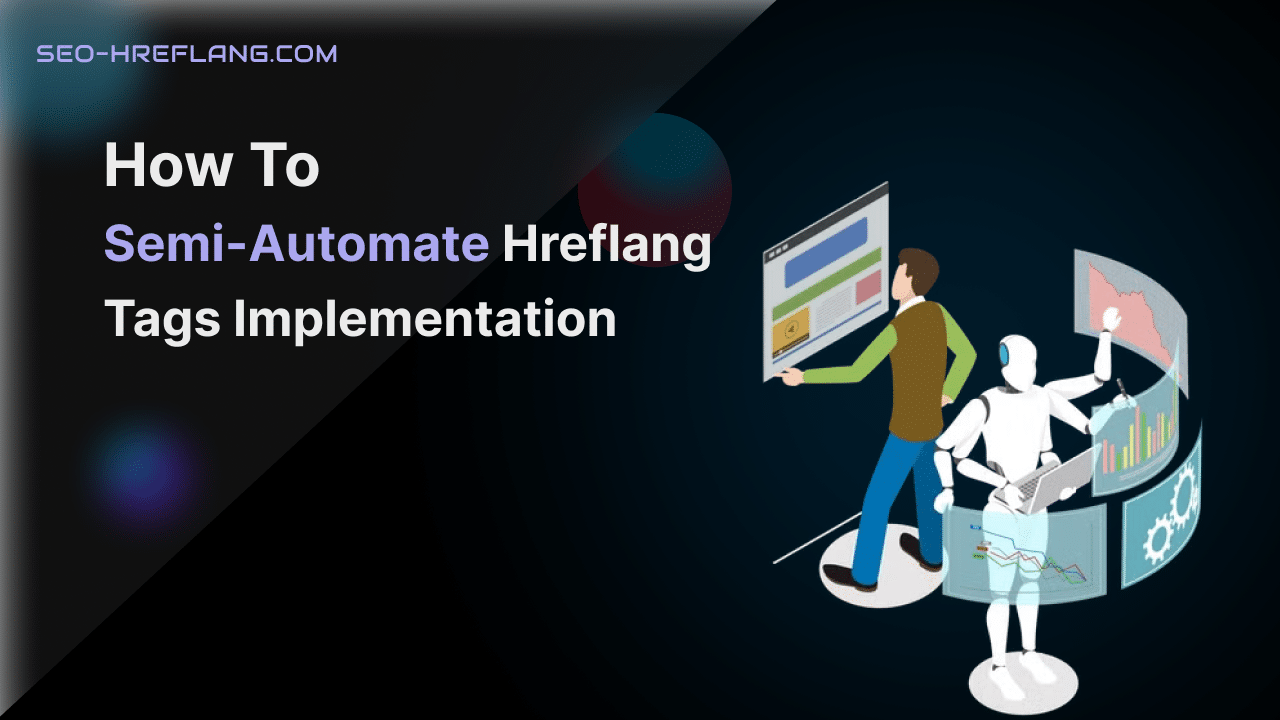Semi-automate Hreflang Implementation tags can be a complex and time-consuming task, especially for large websites with multiple language versions. This approach combines manual setup with the use of plugins and tools to streamline the process.
Here are the key steps involved :
1. Content Organization:
–> Start by organizing your content based on languages and regions. Determine the different language versions of your website and identify the corresponding URLs for each version. This step is crucial to ensure you have a clear understanding of your site structure before implementing hreflang tags.
2. Choose a WordPress Plugin:
–> Select a reliable WordPress plugin specifically designed for hreflang implementation. Plugins like “Hreflang Manager” or “Hreflang Tags Lite” can automate many aspects of the process and provide a user-friendly interface for managing hreflang tags within your WordPress dashboard.
3. Install and Configure the Plugin:
–> Install the chosen plugin and configure its settings according to your website’s requirements. Set up the default language and region, specify the alternate versions of your content, and define the relationships between them.
4. Generate Hreflang Tags:
–> Utilize the plugin’s features to generate hreflang tags for your website. These tags should be placed in the <head> section of each corresponding page’s HTML code. The plugin will typically allow you to input the language and region codes for each version, which it will then use to generate the appropriate hreflang tags.
5. XML Sitemap Integration:
–> Ensure that your XML sitemap includes hreflang annotations for all language and region versions of your content. This step helps search engines discover and understand the relationships between your pages. If your chosen plugin does not offer XML sitemap integration, you may need to use an additional plugin or manually update your XML sitemap to include the hreflang tags.
6. Testing and Validation:
–> Thoroughly test your hreflang implementation to ensure its accuracy and effectiveness. Use tools like Google Search Console‘s International Targeting report to identify any potential errors or issues. Additionally, verify the correct setup of hreflang tags using online validation tools, such as the Hreflang Testing Tool provided by Google.
7. Ongoing Monitoring and Maintenance:
–> Regularly monitor your website’s hreflang implementation to ensure it remains up-to-date and accurate. Monitor your search performance, crawl errors, and any reported issues to promptly address any problems that may arise. Stay informed about updates or changes in your website’s language or region versions and adjust your hreflang tags accordingly.
8. Manual Oversight and Adjustments:
–> Although the semi-automated approach simplifies the process, manual oversight is still crucial. Conduct periodic reviews of your website’s hreflang tags, especially when making structural changes or introducing new language versions. Manually inspect your website’s pages to ensure the hreflang tags are correctly implemented and functioning as intended.
By combining the capabilities of a WordPress plugin with manual oversight and validation, you can semi-automate the hreflang implementation process. This approach helps streamline the task, saves time, and reduces the potential for errors, ultimately improving the accuracy and efficiency of your hreflang tags.





